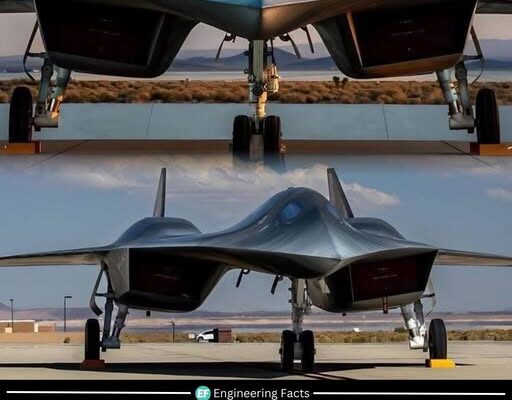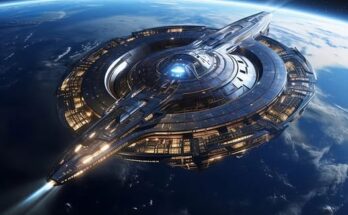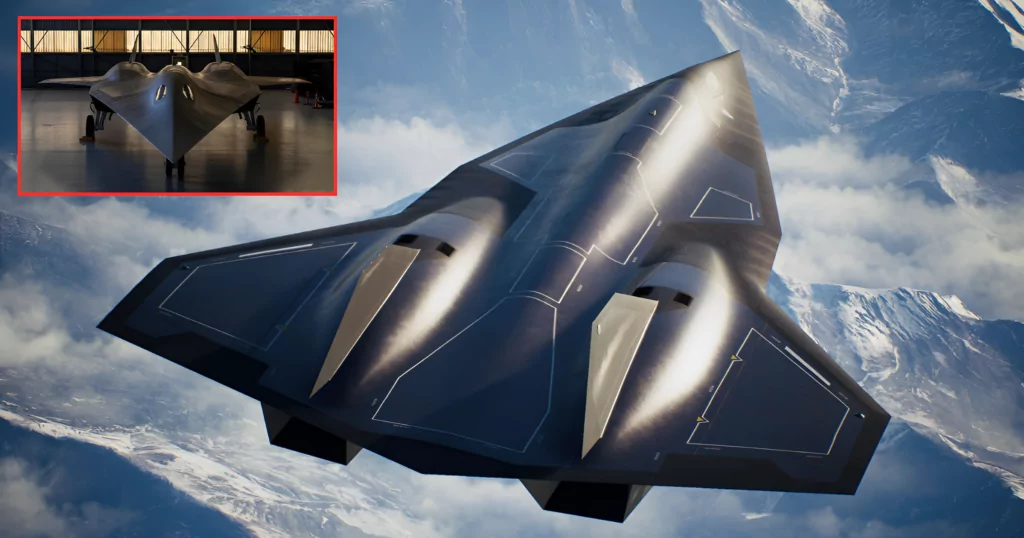
For decades, the SR-71 Blackbird held the title of the fastest aircraft ever built, reaching speeds of Mach 3.2 (2,455 mph / 3,950 km/h). However, Lockheed Martin’s Skunk Works division is now developing an even faster successor—the SR-72 Darkstar, a hypersonic reconnaissance and strike aircraft designed to fly at an astonishing Mach 6 (4,000 mph / 6,400 km/h).The SR-72 isn’t just an evolution of the Blackbird—it’s a technological revolution. With stealth enhancements, next-gen AI, and hypersonic propulsion, this aircraft is being designed to outmaneuver enemy defenses, strike targets before detection, and redefine aerial dominance.The SR-72 isn’t just an evolution of the Blackbird—it’s a technological revolution. With stealth enhancements, next-gen AI, and hypersonic propulsion, this aircraft is being designed to outmaneuver enemy defenses, strike targets before detection, and redefine aerial dominance.Let’s break down the engineering marvel behind the SR-72 Darkstar and why it could be the most advanced aircraft in military history.
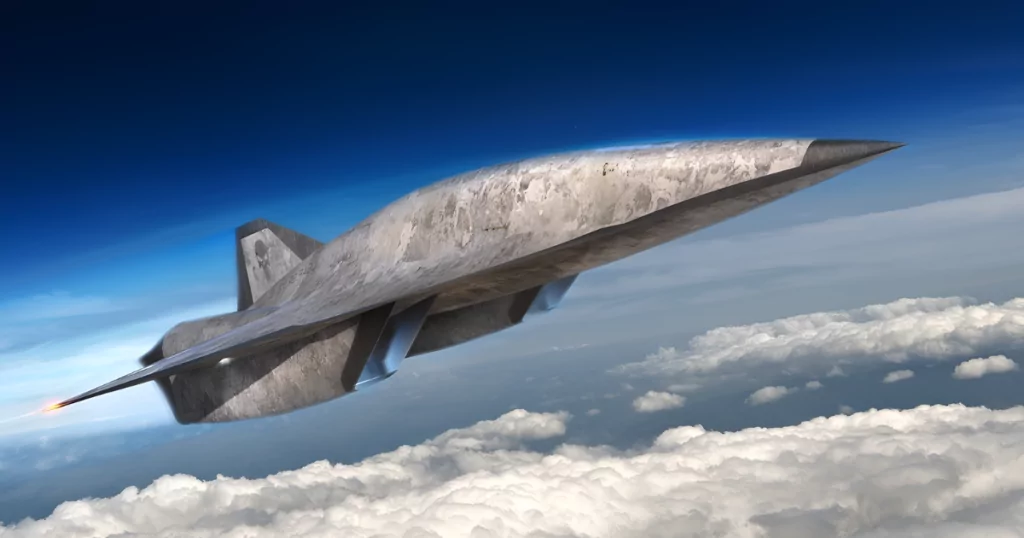
Key Facts About the SR-72 DarkstarTop Speed: Mach 6 (4,000 mph / 6,400 km/h) – Twice the speed of its legendary predecessor.
Hypersonic Flight Capabilities – Designed for sustained speeds above Mach 5, making it virtually untouchable by current defense systems.
Stealth Design – Advanced stealth coatings and shape minimize radar detection.
AI-Powered Systems – Autonomous capabilities for navigation and high-speed decision-making.
Dual-Mode Propulsion – Uses a turbojet for takeoff and a scramjet for hypersonic speeds.
Military Role: Reconnaissance & Strike – Capable of spying, surveillance, and launching high-speed precision attacks.
Unmanned or Manned Options – Expected to have both autonomous and piloted configurations.The SR-72 represents a major leap in aviation technology, designed for speed, stealth, and strategic advantage.
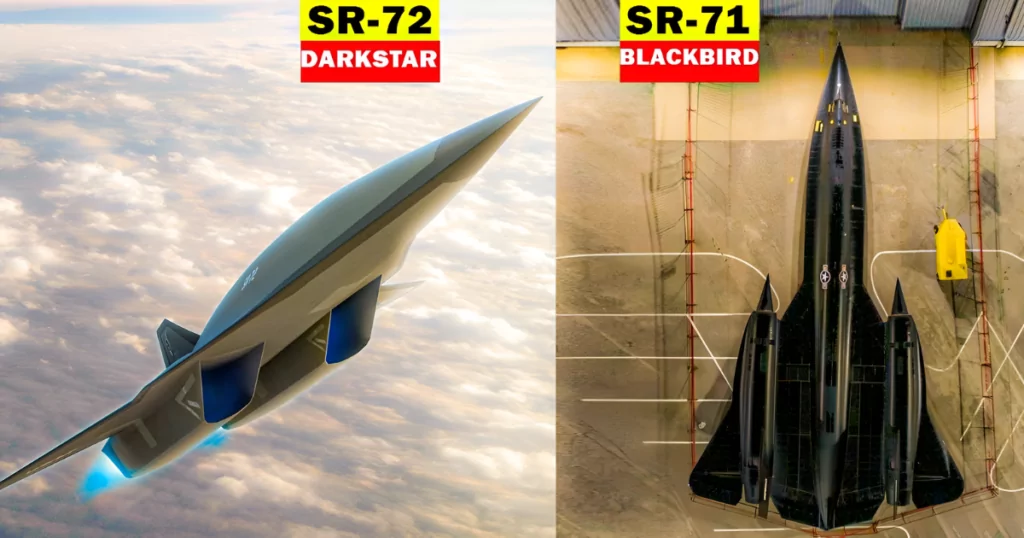
Speed Comparison: SR-72 vs. Other AircraftThe SR-72 Darkstar is designed to be twice as fast as its predecessor, the SR-71 Blackbird, and significantly faster than any operational aircraft today.At Mach 6, the SR-72 Darkstar would be faster than any known missile defense system, making it nearly impossible to intercept.How Does the SR-72 Achieve Hypersonic Speeds?The biggest engineering challenge for a hypersonic aircraft is achieving sustained flight at extreme speeds. The SR-72 overcomes this with a revolutionary propulsion system:Turbojet for Takeoff & Low Speeds – The aircraft uses a conventional jet engine for takeoff and subsonic cruising.
Scramjet Engine for Hypersonic Speed – Once at high altitude, the scramjet (supersonic combustion ramjet) takes over, allowing sustained speeds above Mach 5.
Air-Breathing System – Unlike rockets, scramjets use oxygen from the atmosphere, reducing fuel weight.
Heat-Resistant Materials – New alloys and thermal shielding protect the aircraft from extreme heat at Mach 6 speeds.
This combination allows the SR-72 to break speed records while maintaining efficiency.
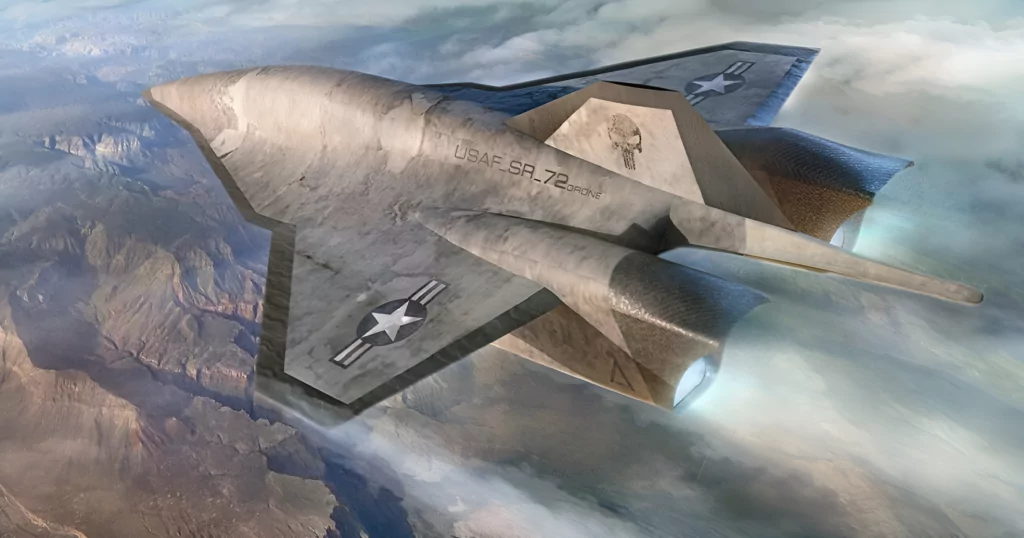
Military Applications: Why Hypersonic Flight MattersThe SR-72 Darkstar isn’t just a speed record-breaker—it’s a game-changer for modern warfare.Reconnaissance Missions – At Mach 6, the SR-72 can gather intelligence from enemy territories and escape before detection.
Hypersonic Strike Capability – Equipped with precision-guided hypersonic weapons, it can hit targets anywhere in the world within minutes.
Outrunning Air Defenses – Traditional radar and missile systems cannot track or intercept an aircraft flying at 4,000 mph.
Unmanned Autonomy – AI-driven systems allow for pilotless missions, reducing human risk.
In a high-speed arms race, the country that masters hypersonic technology first will hold a dominant military advantage.
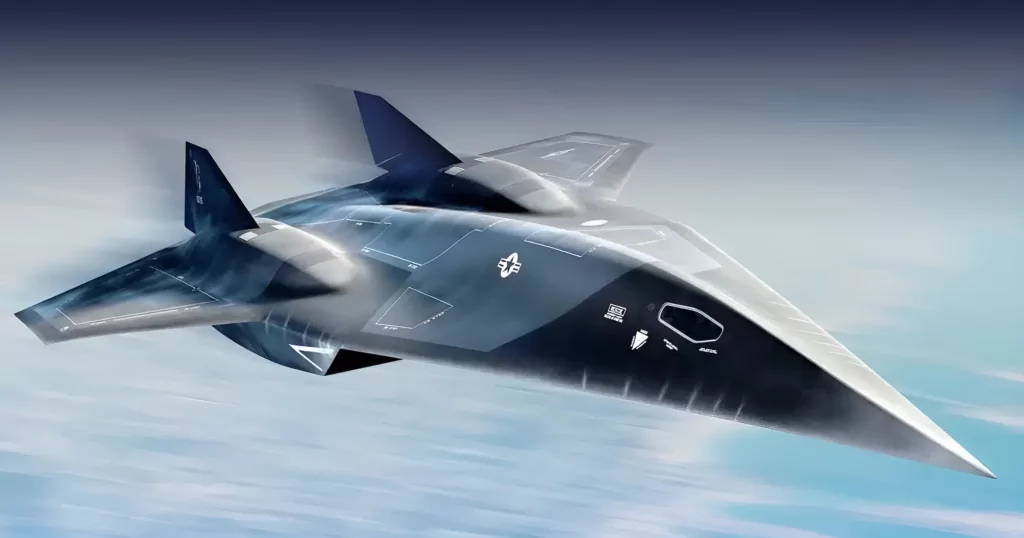
Challenges & LimitationsDespite its groundbreaking potential, the SR-72 Darkstar still faces major challenges:Extreme Heat Generation – Flying at Mach 6 produces temperatures that can melt conventional materials.
Fuel Efficiency – Scramjets require specialized high-energy fuel, making operational costs extremely high.
Airspace Regulations – Hypersonic aircraft may require new global aviation policies due to their extreme speed.
Weaponization Risks – Hypersonic capabilities could trigger a new arms race, increasing global tensions.
While Lockheed Martin is pushing forward with development, these challenges must be solved before the SR-72 can enter active service.
The Future of Hypersonic AircraftThe SR-72 Darkstar represents the future of aerial warfare and high-speed reconnaissance. As hypersonic technology advances, we could see:Hypersonic Commercial Flights – Travel from New York to Tokyo in under 2 hours.
AI-Piloted Stealth Fighters – Fully autonomous warplanes replacing human pilots.
Spaceplane Technology – Hypersonic aircraft serving as launch platforms for space missions.
Global Military Superiority – The nation with the best hypersonic tech will dominate global security.
With Lockheed Martin leading the charge, we are one step closer to a hypersonic revolution.
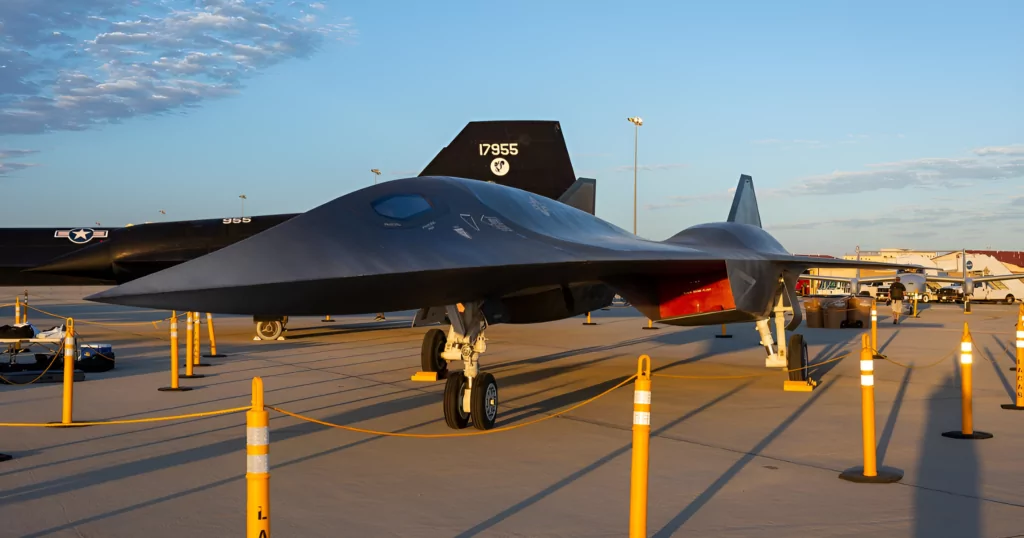
Final Thoughts
The SR-72 Darkstar isn’t just an aircraft—it’s a glimpse into the future. With speeds of Mach 6, AI-driven controls, and hypersonic strike capabilities, this aircraft could redefine air superiority.But the question remains—how soon will we see it in action?
Would you trust AI to fly a hypersonic stealth jet at 4,000 mph?
